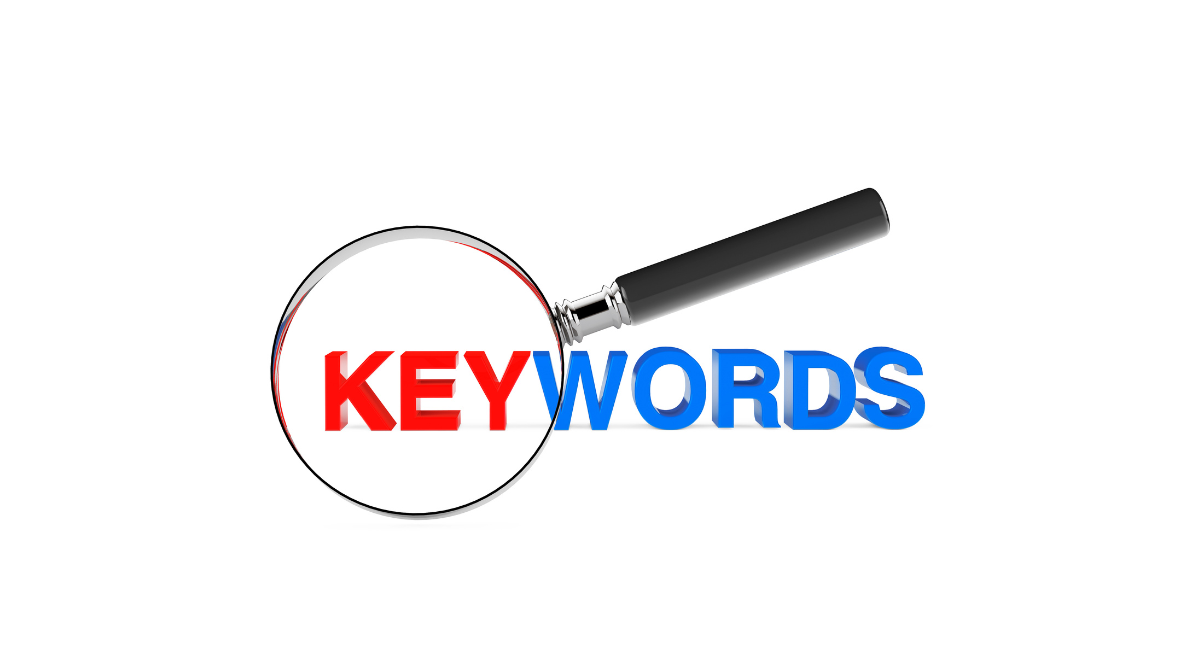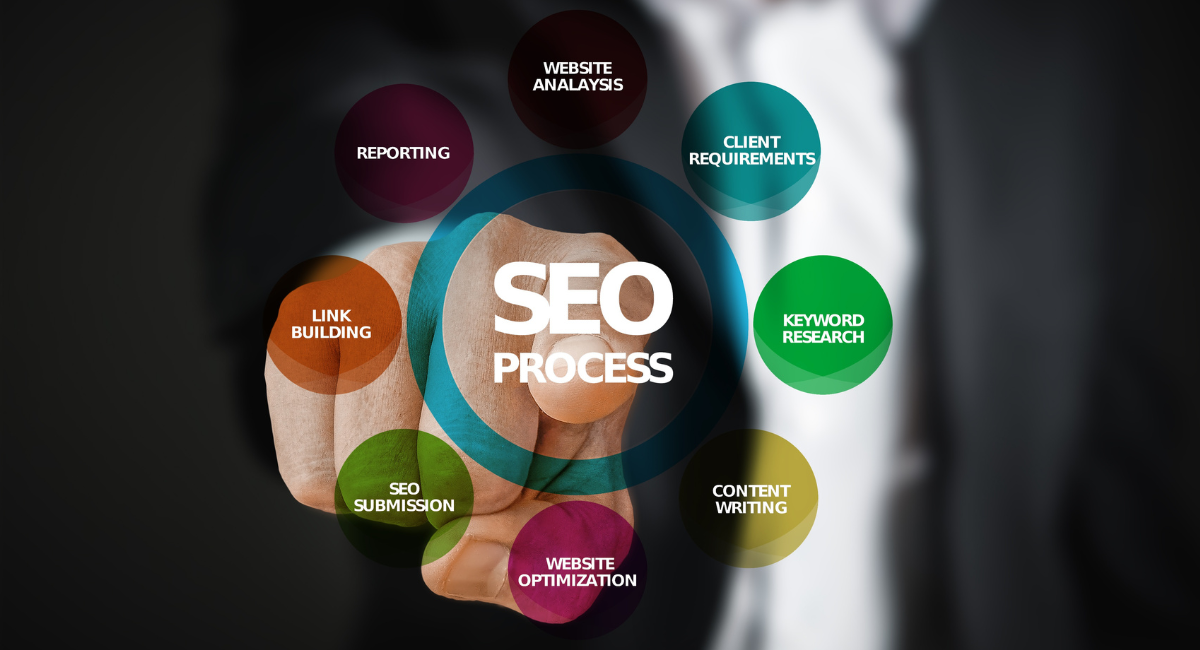Boost Your Website’s Visibility with On-Page Optimization: A Comprehensive Guide
Are you struggling to get your website noticed by search engines? Do you feel like you’re putting in all the effort but not getting any results? It’s time to focus on something that can improve your website’s visibility and bring it to the top of search engine rankings – on-page optimization. On-page optimization is a crucial component of SEO that can make or break your website’s success. In this comprehensive guide, we’ll take a deep dive into the world of on-page optimization and provide effective techniques for boosting your website’s visibility. So buckle up and get ready to increase traffic to your site!
What is on-page optimization?

On-page optimization refers to the process of optimizing individual web pages on your website in order to make them more visible and rank higher in search engine results. It involves implementing various techniques that help search engines understand what your webpage is all about and determine its relevance for specific keywords or phrases.
On-page optimization typically includes optimizing page titles, meta tags, content, images, URLs, and internal links. This helps search engines like Google better understand what type of content you have on your site and how it relates to user searches.
One important aspect of on-page optimization is keyword research. By researching relevant keywords related to your business or niche market, you can create content that targets those keywords effectively. Reference: Mastering Keyword Research
Another key component of successful on-page optimization is ensuring that your website follows best practices for technical SEO such as using headers correctly, avoiding duplicate content issues, structuring URLs properly, etc.
On-page optimization provides a solid foundation for improving the visibility and ranking of individual pages within a website.
The benefits of on-page optimization
On-page optimization is an essential process that can improve your website’s visibility and help it rank higher in search engine results pages (SERPs). By optimizing your website’s content, images, URLs, titles, and meta tags, you can make it easier for search engines to crawl and index your site. This can lead to increased traffic, better user experience, and ultimately more conversions.
One of the main benefits of on-page optimization is that it helps search engines understand what your website is about. When you use relevant keywords in your content and meta tags, you are signaling to Google what topics or themes are covered on each page. The more clearly defined these themes are, the easier it will be for Google to match them with user queries.
Another advantage of on-page optimization is that it improves the overall user experience on your site. By making sure that all elements of a page are optimized – from content to images – users will find navigating through the site much simpler. This leads to lower bounce rates and longer dwell times which indicate high-quality content.
On-page optimization also plays a significant role in mobile-first indexing as Google now prioritizes mobile-friendly websites over desktop-only ones. With mobile usage increasing rapidly worldwide today; this means having a responsive design becomes an essential part of any successful SEO strategy.
In summary, On-Page Optimization provides numerous benefits when done correctly including increased visibility in SERPs leading to improved traffic performance; enhanced user experience resulting in higher engagement levels across every device type used by visitors; plus optimized webpage structure enabling easy crawling by major search engines like Google which translates into better-ranking potential!
On-page optimization techniques
On-page optimization techniques are the best way to improve your website’s visibility and attract more organic traffic. It involves optimizing various elements on your website, such as title tags, meta descriptions, content, images, URLs, and mobile responsiveness.
Firstly, optimizing your website’s title tag is crucial for improving its search engine ranking. Your title tag should be short and descriptive of the webpage’s content. Including relevant keywords in the title tag can also help boost its visibility.
Secondly, meta descriptions should be well-written summaries that accurately describe the webpage’s contents. You should aim to include relevant keywords in a natural manner while keeping it under 160 characters.
Thirdly, optimizing your website’s content by including targeted keywords strategically throughout the text helps search engines understand what your site is all about while providing valuable information to visitors.
Fourthly, compressing images before uploading them makes them load faster which improves user experience and reduces bounce rates
Fifthly, a clean URL structure with clear page titles aids both users and search engines navigate through their websites easily
Lastly, making sure that a site is optimized for mobile devices ensures that visitors have access whether they’re browsing from desktops or smartphones.
Overall,on-page optimization techniques are essential for boosting a website’s visibility on search engines making it easier for customers to find you online.
How to optimize your website’s title and meta tags
One of the most important aspects of on-page optimization is optimizing your website’s title and meta tags. These elements provide essential information to search engines, helping them understand what your website is all about. Here are some tips on how to optimize these elements:
Firstly, ensure that every page has a unique title tag that accurately reflects the content on that particular page. The title should be brief, descriptive, and contain relevant keywords.
Next, write a compelling meta description for each page. This text appears below the title in search engine results pages (SERPs) and provides users with an overview of what they can expect from clicking through to your site.
It is crucial to include targeted keywords within both the title tag and meta description but avoid keyword stuffing which involves using too many redundant or irrelevant phrases.
Additionally, keep your titles concise as Google typically displays only up to 60 characters before truncating them in SERPs while Meta descriptions should not exceed 155-160 characters.
Make sure that you’re also utilizing header tags (H1-H6) throughout your content as this helps organize it hierarchically making it easier for search engine bots crawlers to crawl over and index quickly thereby increasing ranking potential!
Helpful Tool: Meta Tag
Optimizing your website’s content
Optimizing your website’s content is one of the most important aspects of on-page optimization. Your content should be relevant, engaging, and informative to capture your audience’s attention. To optimize your content for search engines, you need to focus on several key factors.
Firstly, ensure that your content is keyword-rich but not over-optimized as this can lead to penalties from search engines. Use long-tail keywords that are specific to your industry or niche and incorporate them naturally in your headings and throughout the body of the text. Reference: Mastering Keyword Research
Secondly, prioritize quality over quantity when it comes to producing content. Create original and unique pieces that offer value to readers rather than churning out low-quality articles just for the sake of having more pages indexed by search engines.
Thirdly, make sure that you format your content correctly with subheadings, bullet points, or numbered lists where appropriate. This helps break up large chunks of text making it easier for readers to scan through while also improving readability scores for search engines.
Include internal links within your website as well as external links pointing toward authoritative sources related to the topic covered in the article. This helps establish credibility with both users and search engines alike while also increasing visibility across different platforms if done correctly.
Optimizing your website’s images
Images are a great way to make your website more visually appealing and engaging. However, they can also slow down your site’s loading time if not optimized properly. So, how can you optimize your website’s images for better performance?
Firstly, it is important to choose the right file format for each image. JPEGs are great for complex images with many colors, while PNGs work well for simpler graphics with transparent backgrounds. Use GIFs only when necessary since they have large file sizes.
Next, compress your images without sacrificing quality. There are plenty of online tools available that help reduce image size while maintaining their resolution and sharpness.
Another essential technique is using descriptive filenames and alt tags for every image on your website. This helps search engines understand what the image is about and improves accessibility for visually impaired visitors.
Consider implementing lazy loading techniques where images only load when users scroll down to them rather than all at once during page load.
By optimizing your website’s images in these ways, you will improve its speed and overall user experience!
Optimizing your website’s URLs
Optimizing your website’s URLs is a crucial aspect of on-page optimization. A URL is an address that takes users to a specific page on your site, and it plays an essential role in both user experience and search engine rankings.
Firstly, when optimizing your URLs, you should aim for them to be short and descriptive. Avoid using long strings of numbers or random characters because they can make it hard for users to remember the URL or understand what kind of content they’ll find on the page.
It’s also important to include relevant keywords in the URL where possible. However, avoid stuffing too many keywords into one URL as this could hurt your SEO efforts rather than help them.
Another key factor in optimizing URLs is making sure they are easy to read and shareable. This means avoiding special characters or symbols that don’t serve any purpose other than confusing users.
Consider using breadcrumbs in your URLs whenever applicable. Breadcrumbs allow users to understand where they are within a website hierarchy while providing additional context for search engines crawling through pages.
By focusing on creating clear and concise URLs with relevant keywords while keeping things simple yet informative, you’ll be able to optimize your website’s visibility significantly.
Optimizing your website for mobile devices
In today’s world, where mobile devices are prevalent and essential, it is crucial to optimize your website for mobile users. A poorly optimized site can lead to a high bounce rate from mobile users.
Firstly, ensure that the font size on your website is readable on all types of devices. Avoid using small fonts that require zooming in and out for reading convenience. The text should be easy to read without requiring any extra effort.
Secondly, make sure that your images are optimized for different screen sizes. Large images take longer to load on smaller screens, leading to a slow loading time which may frustrate visitors.
Thirdly, use responsive design when creating your website. Responsive design makes sure that every element of the site adjusts according to the screen size of the device used by visitors.
Ensure that elements such as buttons and clickable links are large enough for ease of use on touchscreens.
By optimizing your website for mobile users with these techniques above you will enhance user experience while increasing engagement rates from potential customers visiting via their smartphones or tablets.
Conclusion
On-page optimization is an essential aspect of SEO that should not be overlooked. By implementing the techniques outlined in this comprehensive guide, you can improve your website’s visibility and attract more traffic.
Remember to optimize your title and meta tags with relevant keywords, create high-quality content that engages your audience, use descriptive alt text for images, keep URLs short and readable, and ensure that your site is mobile-friendly.
By taking these steps, you’ll not only boost your search engine rankings but also provide a better user experience for visitors to your site. So start optimizing today and watch as your website climbs higher in the search results!





